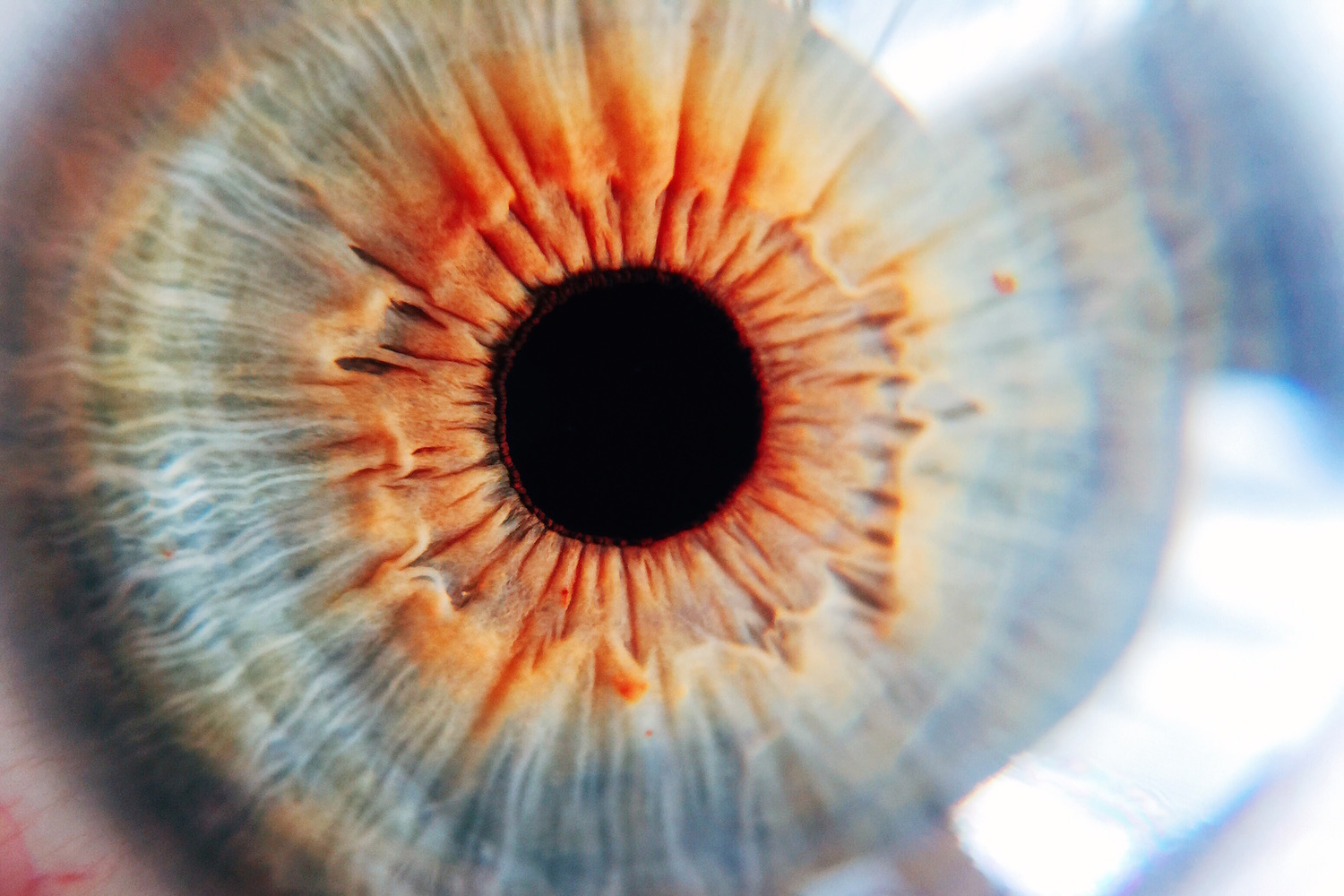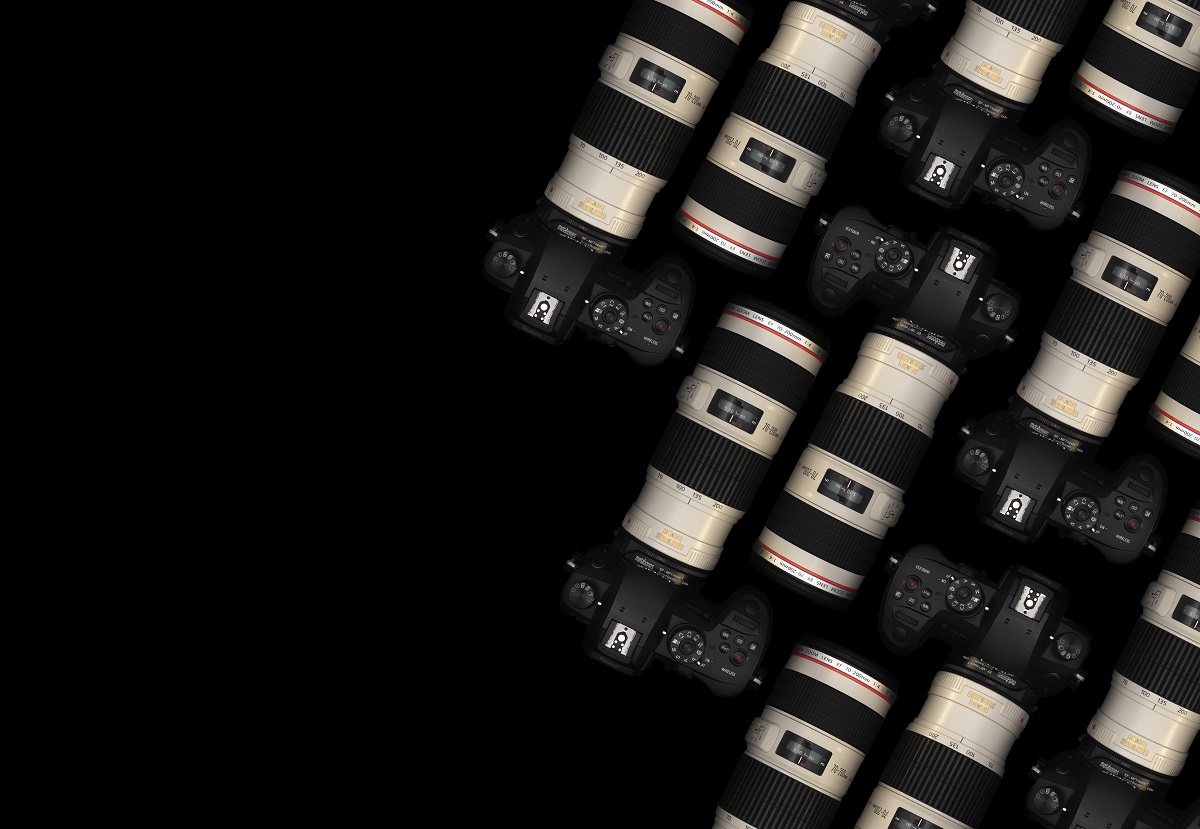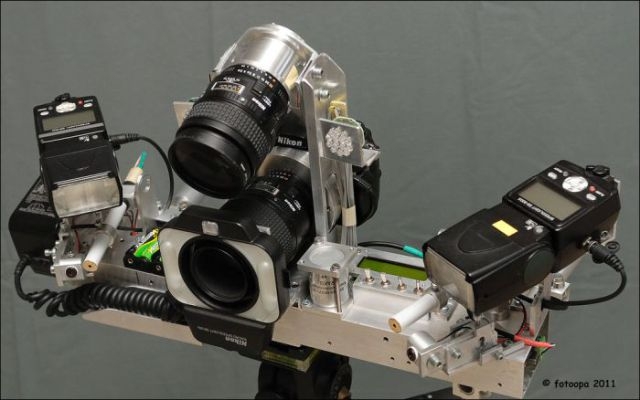

A 1:1 ratio simply means that your subject has reached “life-size” magnification. Magnification is the value you get when you compare your subject’s size as seen by the sensor to its actual size. Understanding how big or small your subject will look like on your camera sensor is an essential aspect of macro photography. But what do these words actually mean, and how do they help you shoot stunning macro shots? Let’s dig a little deeper into each term. “Magnification” and “working distance” are both important terms in macro or close-up photography. However, true macro is anything that has been magnified at a ratio of 1:1 or higher. When projected at half life-size, the same 1-inch object would take up just a half inch of the sensor and would be at 1:2 magnification.

The ideal magnification is at 1:1, where a 1-inch object is also projected at 1-inch on the camera sensor. You’ll see it in travel, portraiture, action, or even event photography, both in the film and digital age.Ī true macro shot depends on the level of magnification. It is a widely used art form that is incorporated in almost every one of the types of photography. This type of photography is also used for bringing out details in jewelry and other inanimate objects. It lets us see objects we don’t normally get to see up close with the naked eye. The usual subjects include flowers and small insects. Macro photography is a unique form of photography that involves photographing small objects to make them look life-sized or larger in the photo. However, the results may not always be what you desired.īefore learning to take your macro photography to the next level, let’s talk about what macro photography is and how it is achieved.
#Camera for macro photography professional
It happens that you can find them in the kit, but in most cases, photographers buy them separately, for specific lens sizes.Macro photography has definitely become a very broad genre of the art form, thanks to the ability of today’s cameras-from smartphones to professional cameras-to make capturing macro shots as easy as clicking a button or two. Here it is important to check whether they fit each other in size. As a rule, ring flashes come with mounting rings that help them attach to the front of the lens. Blurring the background will also become easy to achieve due to the widest aperture.Ĭonnection rings. This is good if you are shooting, for example, birds, or other subjects that move quickly. If your macro photography flash setup is fast sync, then shutter speeds faster than the standard maximum possible 1/200 and 1/250 second will become available to you. Everything is simple here, the more there are, the more accurately you can make a choice.
#Camera for macro photography full
Options are presented in fractions of full power, for example, 1/2, 1/8, 1/64, and so on. With this, fixing the flash output becomes possible. This helps to achieve the ideal amount and intensity of lighting. This automatic flash metering system is supported by both SLR and mirrorless cameras that come with the pre-flash system. As for ring flashes, they are preferred near, and accordingly, the value is approximately 15. You can find out the real value by dividing this value by the actual aperture. Its value is the distance in meters at f/1 aperture at ISO100. This parameter characterizes the flash intensity.

Below you can see the parameters that you should pay attention to before buying.

The best flash for macro photography is one that is supported by your camera and your lens, and also meets all your expectations.


 0 kommentar(er)
0 kommentar(er)
